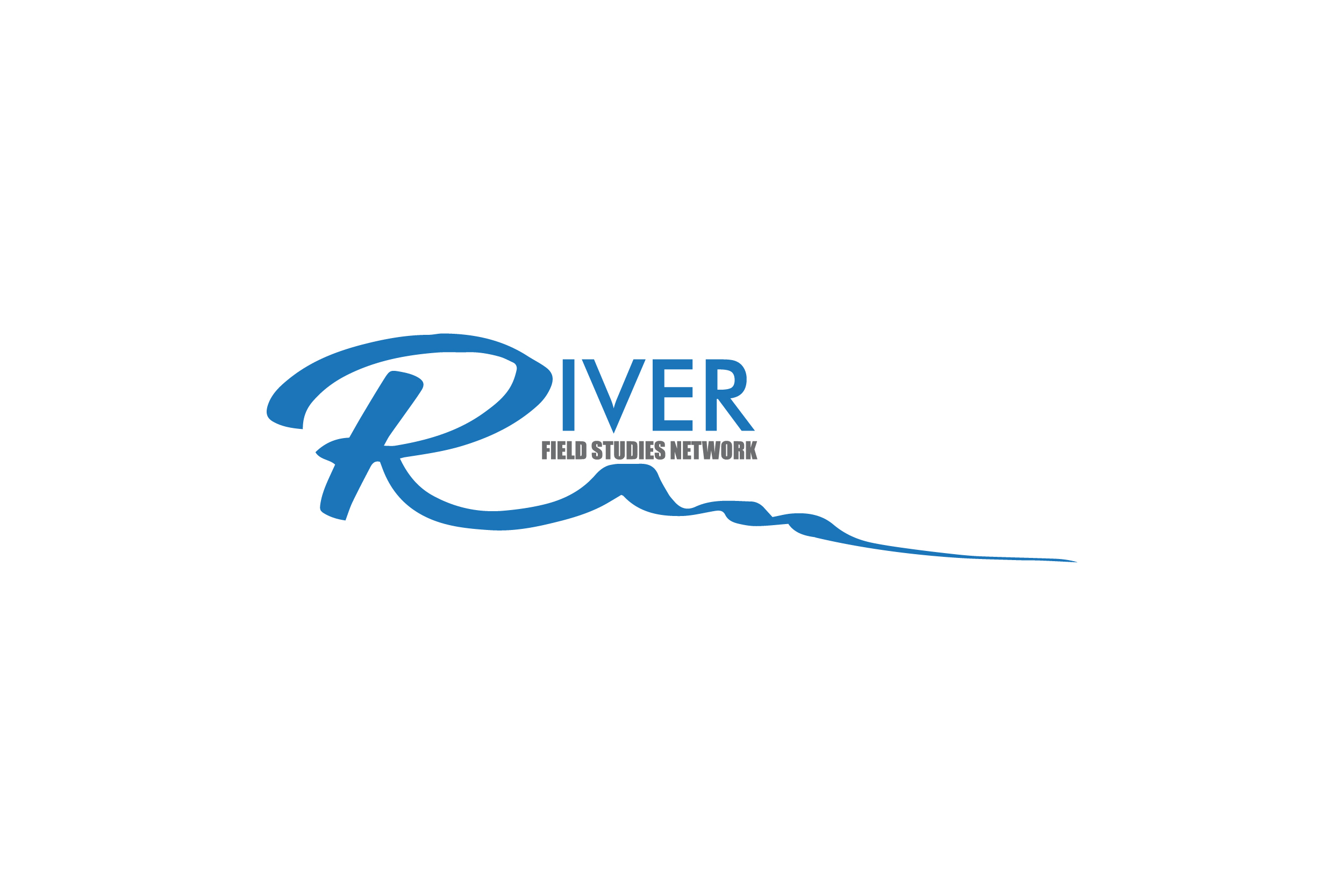152 total view(s), 103 download(s)
What Shapes a River RFSN Lesson.pdf(PDF | 243 KB)
What Shapes a River DataSheet.pdf(PDF | 83 KB)
What shapes a river Slidedeck.pdf(PDF | 4 MB)
What Shapes a River-Sample Presentation.mp4(MP4 | 51 MB)
- License terms
Description
In this lesson, we explore the factors that shape physical river environments such as width, depth, sinuosity, flow velocity, channel bars and bed material. These factors create the habitat conditions supporting biological diversity. Starting with lecture and reading material, we explore the large scale factors such as climate and geology, before narrowing in on smaller scales such as river reaches and floodplains. After students have absorbed the background knowledge and overview, we go on a field trip to a gravel-bed river to collect statistical information about the size and abundance of river gravels. We also discuss bankful flow and use a sediment transport equation. After working up the data, we have a summary discussion where we integrate field and theoretical approaches. Students write a short response as an assessment of their completion of the lesson objectives. This lesson requires access to a river with pebbles and cobbles that are accessible, either on the river bank or by shallow wading. The introductory material could be delivered with a lecture in a classroom or with a handout and lecture at the field site. Students will gain an appreciation of the factors that shape river environments, from large scale to small, and be able to link physical factors to biological conditions.
Cite this work
Researchers should cite this work as follows:
- Stubblefield, A. (2024). What Shapes a River: Field Lesson. River Field Studies Network, QUBES Educational Resources. doi:10.25334/2NPJ-6N81
